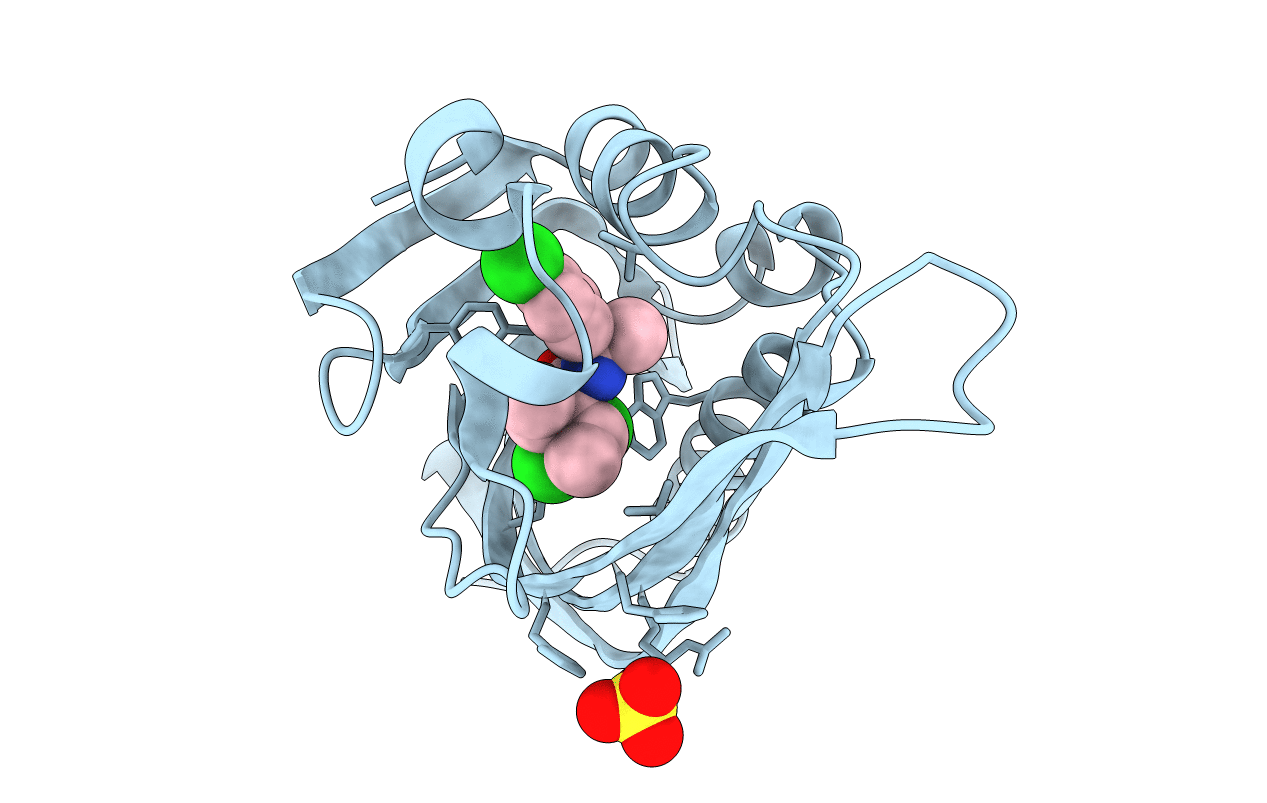
Deposition Date
1997-12-21
Release Date
1999-02-16
Last Version Date
2024-05-22
Entry Detail
PDB ID:
2STD
Keywords:
Title:
SCYTALONE DEHYDRATASE COMPLEXED WITH TIGHT-BINDING INHIBITOR CARPROPAMID
Biological Source:
Source Organism:
Magnaporthe grisea (Taxon ID: 148305)
Host Organism:
Method Details:
Experimental Method:
Resolution:
2.10 Å
R-Value Free:
0.25
R-Value Work:
0.17
R-Value Observed:
0.17
Space Group:
P 3 2 1


